Guide
How are Triops eggs counted and packed into breeding kits?
Breeding Triops is huge fun for children and adults. When the nauplii hatch from the tiny eggs and go through all the nauplii stages within a few days to develop sexual maturity after about two weeks and finally bury permanent eggs in the sand themselves. That’s quite something. The Triops eggs are so tiny that they are hardly or not at all visible to the naked eye. Only when using a microscope is it possible to recognise the eggs. Very often I am asked how I count the eggs in order to pack them into the breeding kits. The Triops Galaxy breeding kits are offered in bags of approx. 50, 150 or 300 eggs. So the legitimate question is often asked, how can I count the Triops eggs if they are so tiny? And how can I guarantee that a breeding batch really contains 50, 150 or 300 eggs? I answer this question in this blog article.
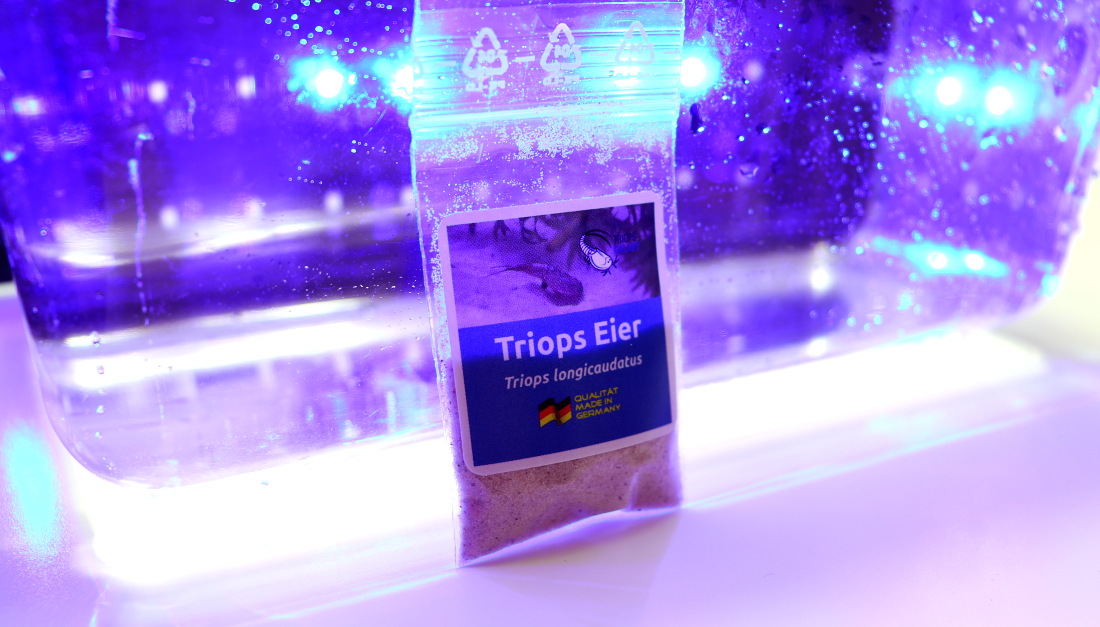
Triops permanent eggs
The cysts of the Triops are extremely resistant. They can persist in the dried mud for many years and decades, waiting for optimal hatching conditions. There is evidence that they can even persevere for centuries. Inside the eggs, the embryos are in the gastrula stage. The state of stasis describes a state without any metabolic activity. Only when the habitat is filled with water again does the cycle begin anew. The nauplii that hatch from the dormant permanent eggs are about 0.2 mm in size.
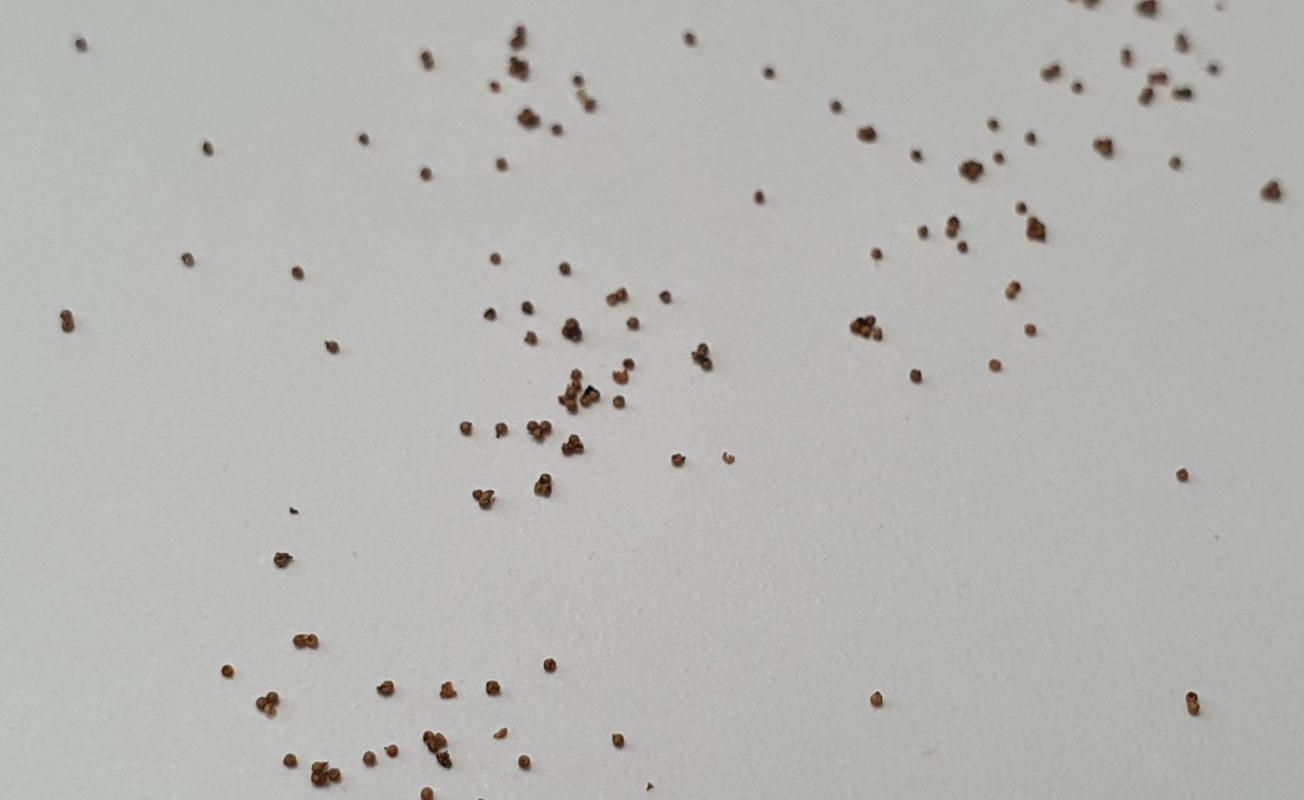
How are Triops eggs counted in the trade?
Usually, after a successful Triops breeding, the sand from the aquarium is dried, frozen and then the breeding stock is packed and sold. Of course, you can also harvest eggs from the sand in between. A female Triops lays up to 200 eggs a day and buries them in the sand. Even if it were only half that number, with a sufficient number of Triops in an aquarium and a lifespan of between two and three months, there is a high probability that there are many eggs in the sand. If you mix the sand properly after drying, you ensure an even distribution and again increase the probability that there are eggs everywhere in the sand.
But with this traditional method, neither the buyer nor the seller knows how many eggs the customer will receive. Perhaps one receives more eggs than stated, but perhaps much fewer or none at all. Instead of the certainty that he will always receive at least the stated number of eggs, the customer can only hope. A serious retailer, however, will not be satisfied with this method, so here at Triops Galaxy I have given it some thought. The result is the 2PO method, the production method of Triops Galaxy.
We will look at what the 2PO method is in the following paragraph.
Triops Galaxy manufacturing process
Triops Galaxy’s 2PO method can be briefly described in three sentences:
The 2PO method is the Triops preparation method developed by Triops Galaxy. This involves laying eggs in the sand over at least two Triops generations, as well as the additional enrichment of the egg-sand mixtures with counted Pure eggs. Hence 2PO (Two plus One). This elaborate method offers a 100 percent guarantee that our Triops mixtures contain more than the specified number of eggs.
The first approach with 2PO is to use an aquarium with the same sand for a period of four to six months. After the first generation of Triops has died, the sand is used for another breeding with a new generation of Triops. Only then is the sand dried. This is a very time-consuming procedure, but it is the only way to guarantee that the sand contains a very high number of eggs.
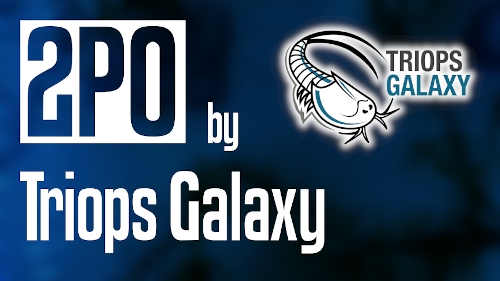
The second approach is to separate the eggs from the sand and produce the Pure eggs. A special technique is used to separate the eggs from the sand and then fill the breeding kits.
The 2PO method can guarantee 100 per cent that each breeding batch contains more than the specified amount of eggs.
This is the only way Triops Galaxy can offer its customers first-class quality. The picture below shows a finished breeding batch with a specified quantity of at least 50 eggs. The tiny brown dots that can be seen with the naked eye are Triops eggs. If you try to count the eggs visible on the surface, you will find at least 20. On the surface alone, mind you. If you were to extract ALL the eggs from the sand, you would easily come up with over 100.
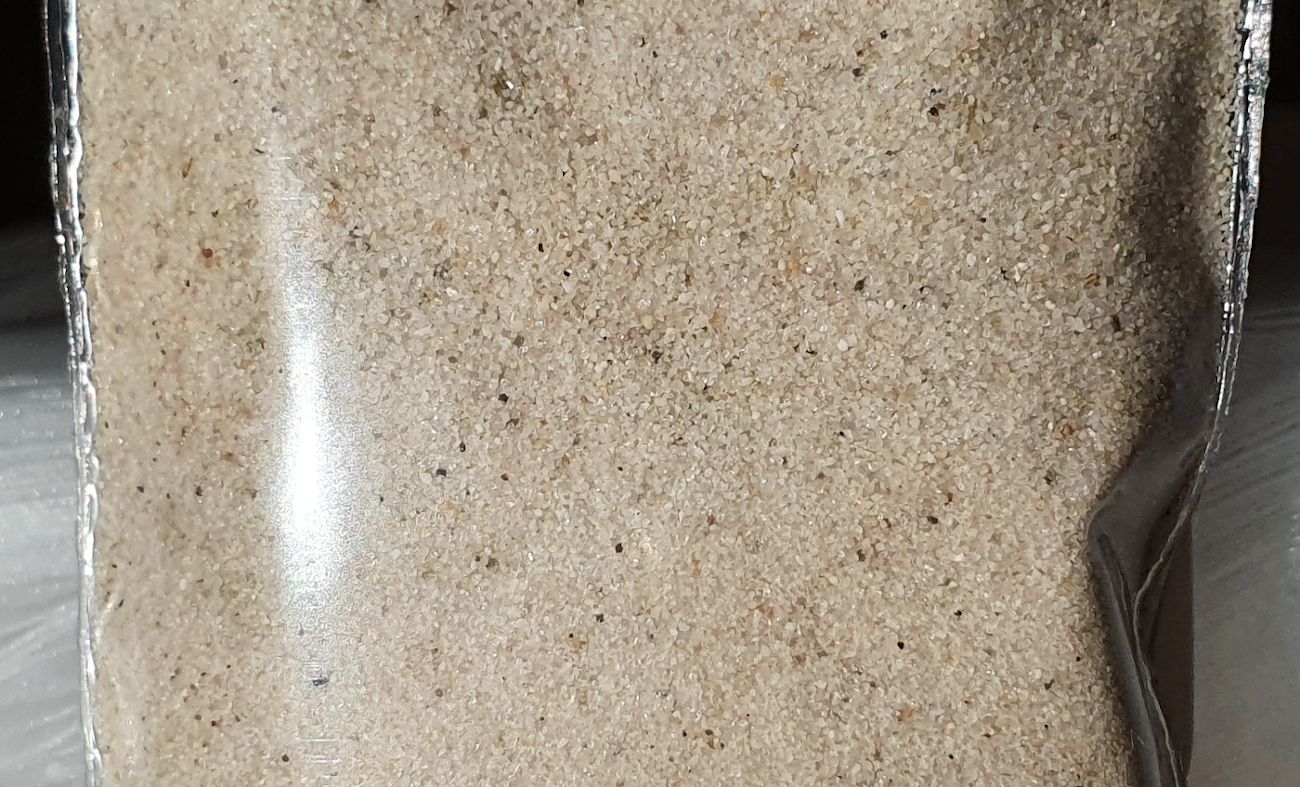
With this in mind, I do not use approximate quantities as quantity designations, but rather minimum quantities and can guarantee the stated egg quantity.
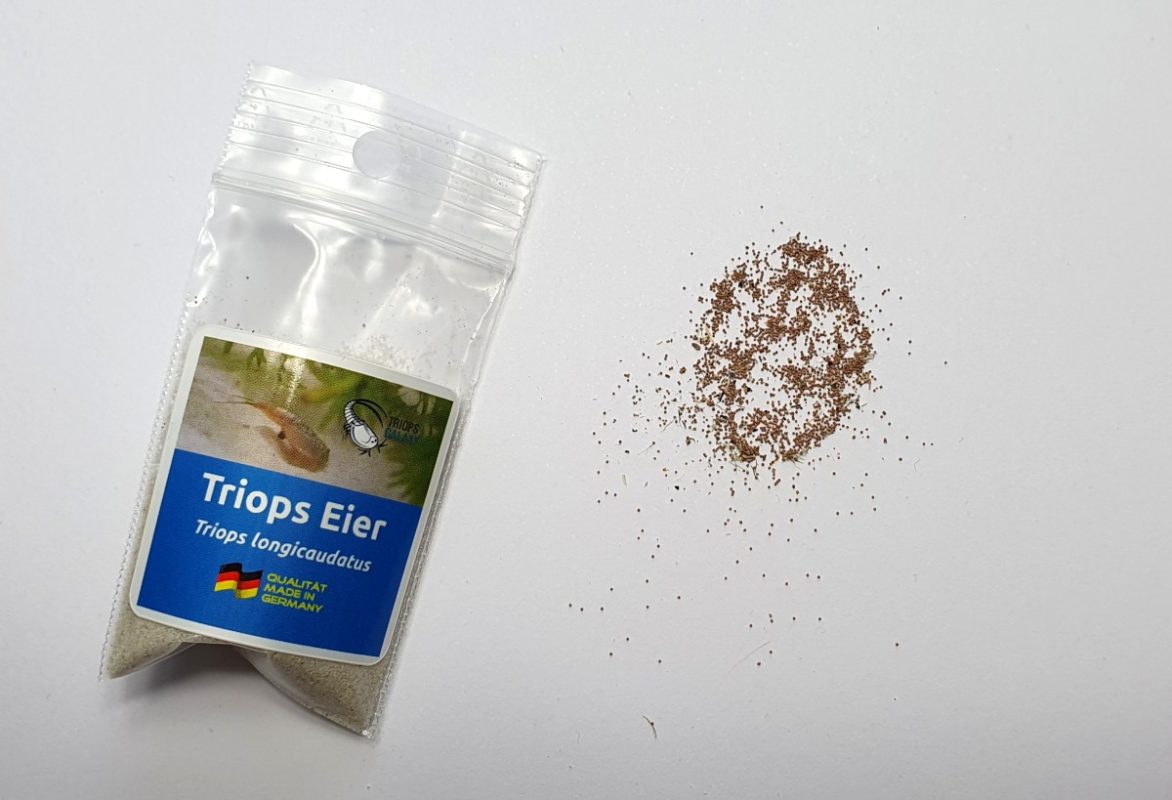
Due to this very elaborate production method, the Triops Galaxy breeding kits are perhaps the best on the market.
- Scanning instead of wasting paper: How Triops Galaxy focuses on sustainability ♻️ - 12. December 2025
- More than 20,000 sea urchins for science - 9. December 2025
- Unlucky creature of the Cretaceous period: prehistoric sparrow suffocated under 800 stones - 7. December 2025